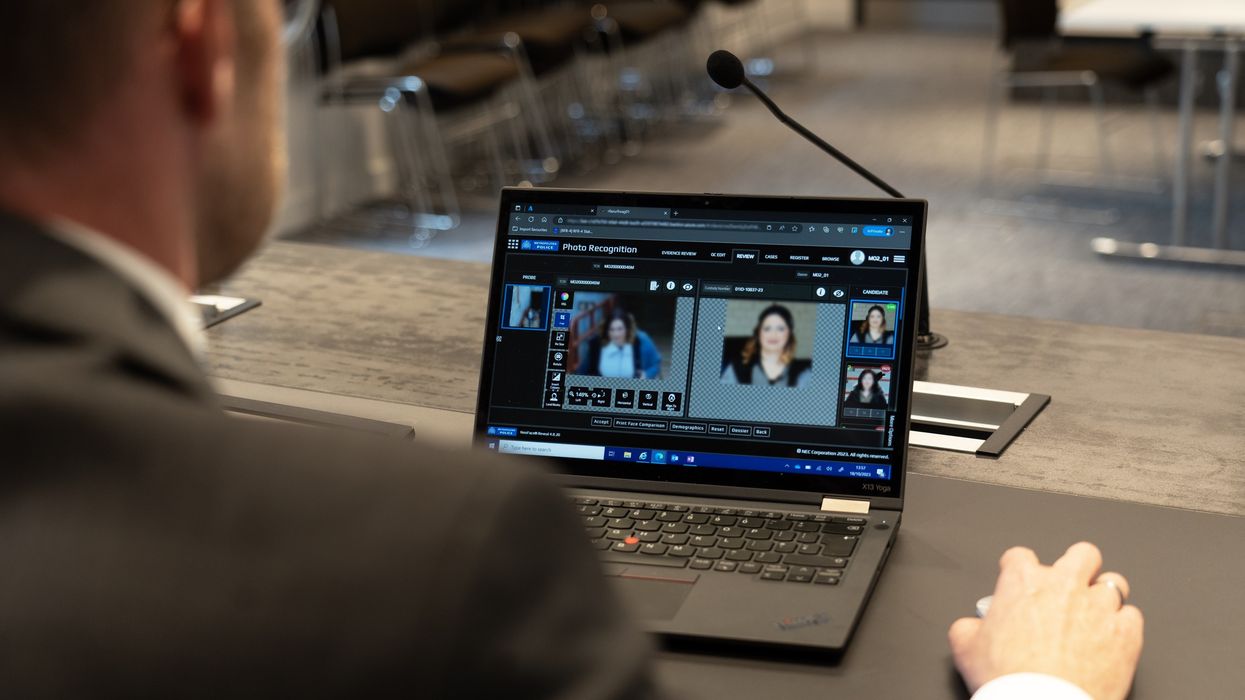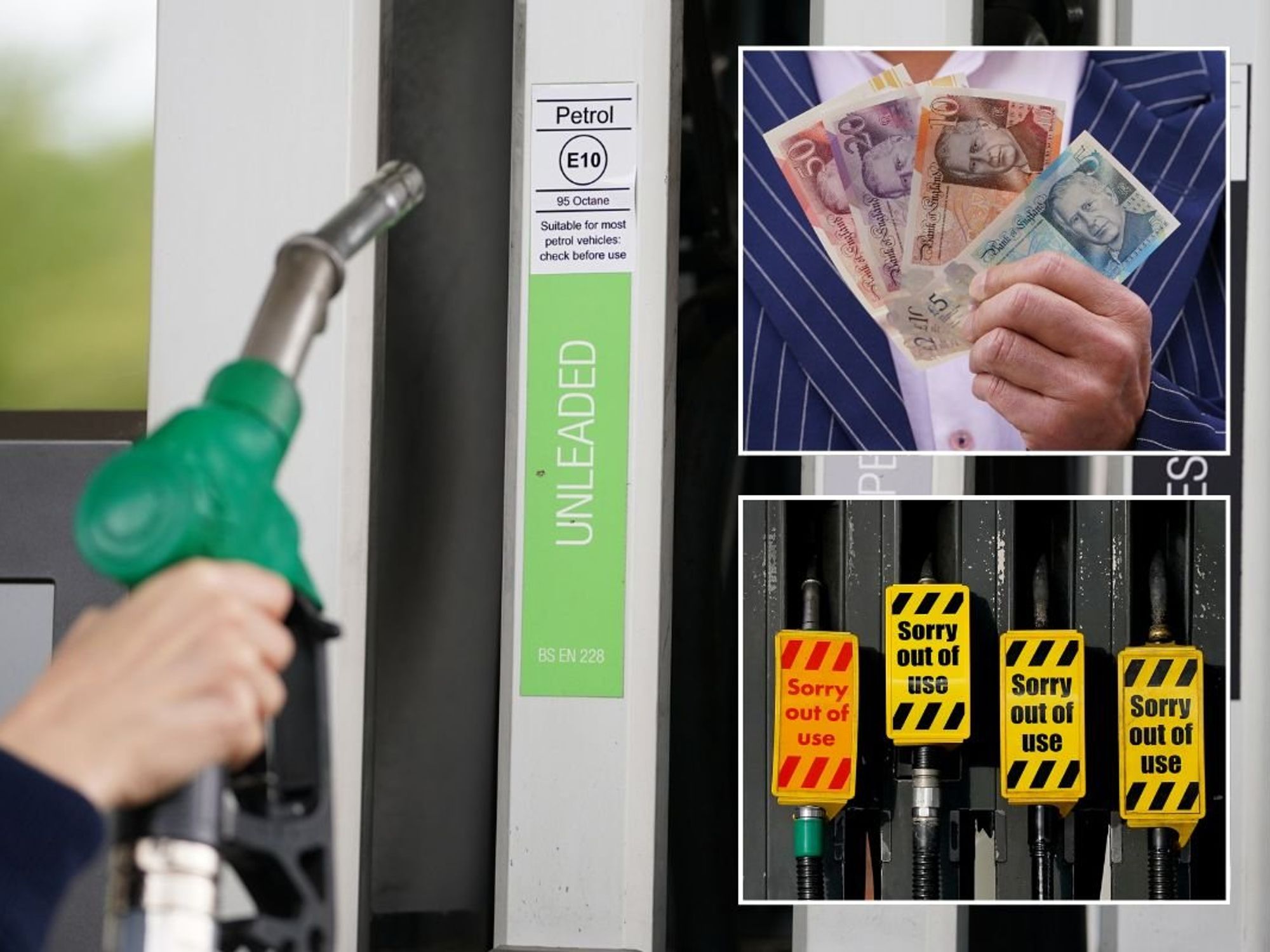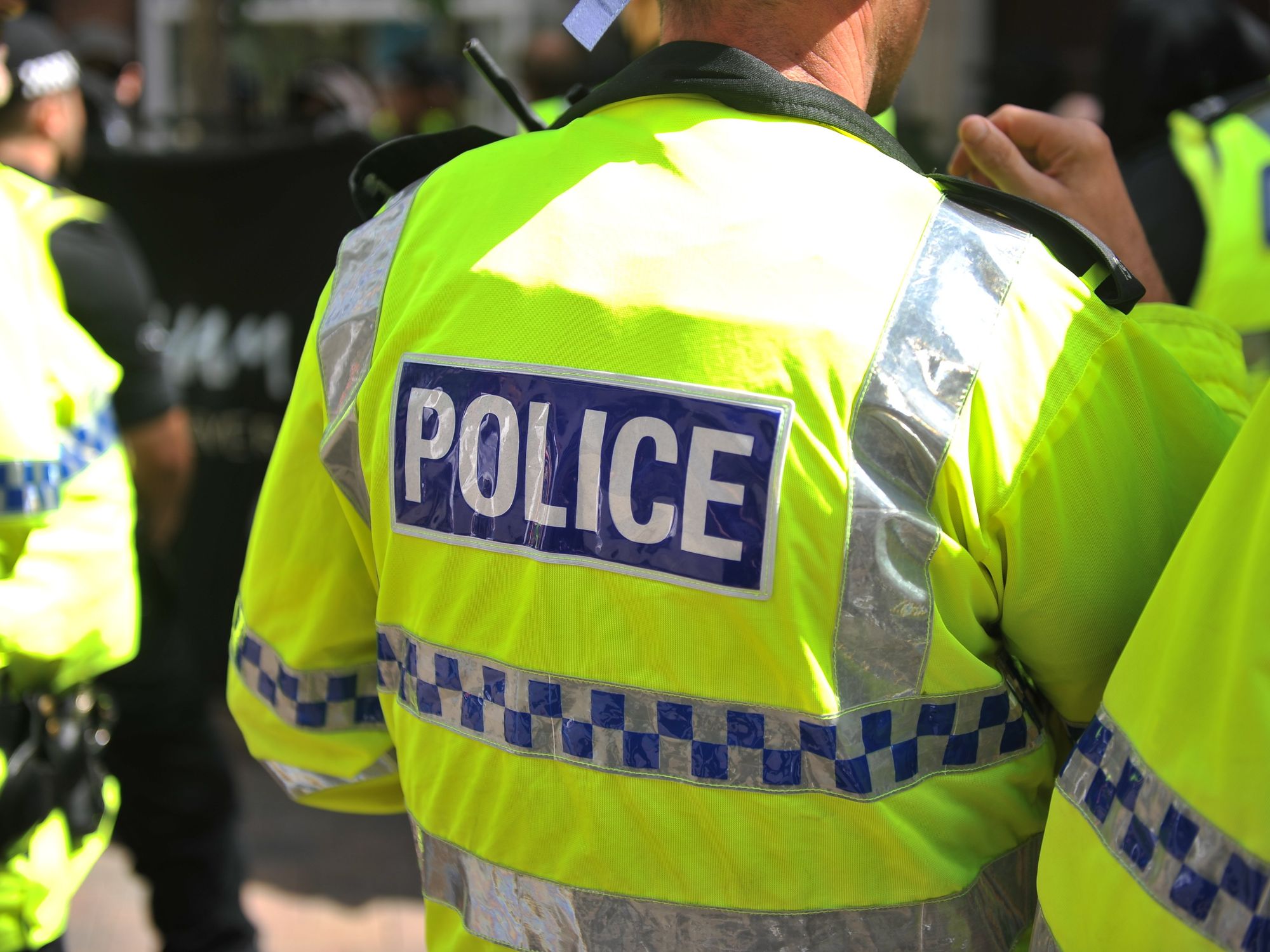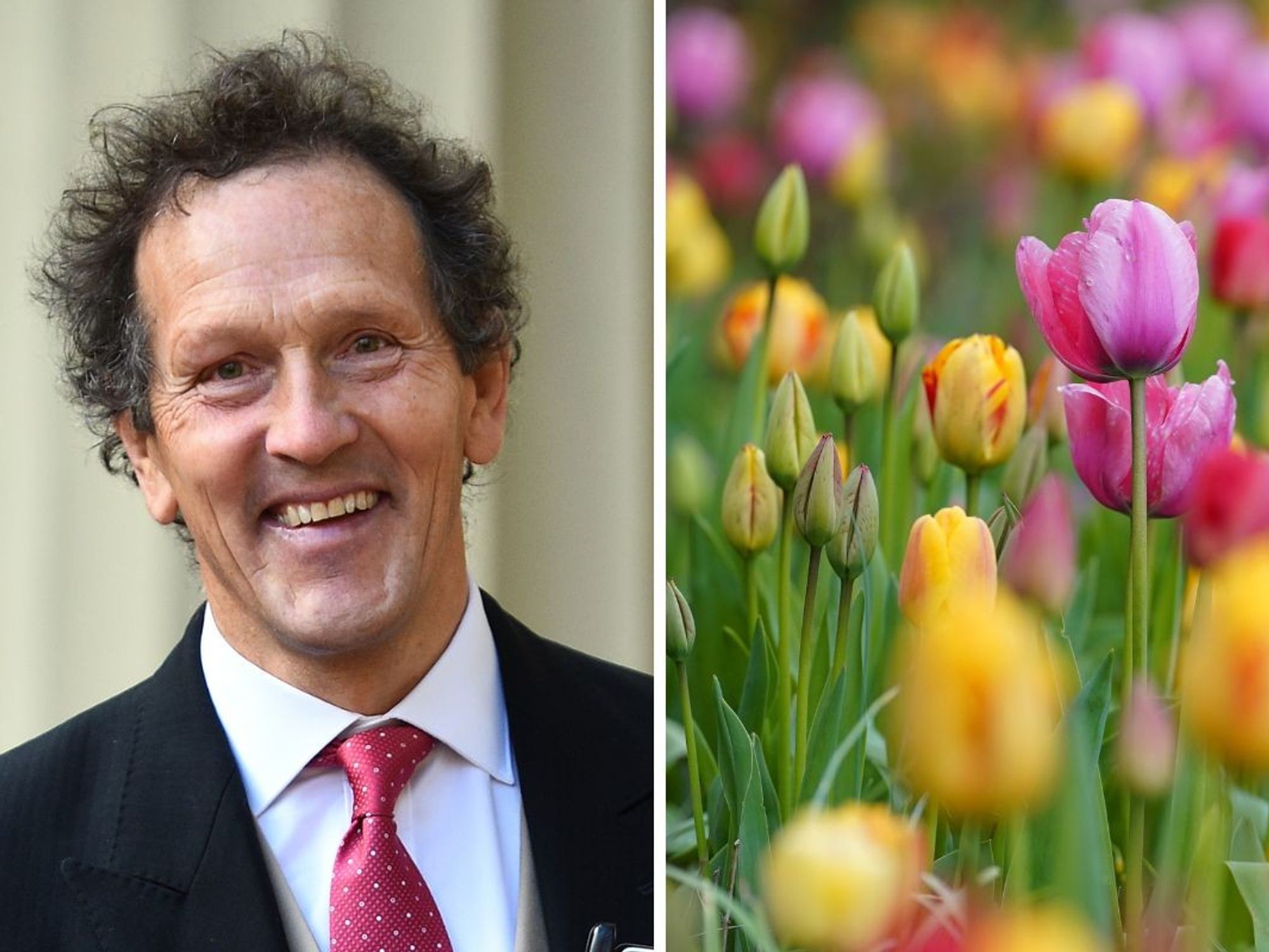Shoplifters left red-faced after Met police roll out 'game changing' technology

Britain's biggest police force is to roll out the use of facial recognition technology to identify the most prolific shoplifters

The Met say retail crime is responsible for the loss of an estimated £1.9 billion in revenue in London each year
Don't Miss
Most Read
Latest
Britain's biggest police force is to roll out the use of facial recognition technology to identify the most prolific shoplifters.
It follows a successful pilot in which the Metropolitan Police asked 12 retailers to provide images of 30 of the worst offenders who steal from their shops in a pilot of the new software.
They were compared against the force’s custody shots, and of 302 images submitted, 149 came up as positive matches.
The Met says retail crime is responsible for the loss of an estimated £1.9 billion in revenue in London each year and that more than 1,000 related cases of abuse and violence against shop staff are reported annually.
The software uses biometric measures of a person’s face and works even if part of their face is covered. It takes around 60 seconds to find a match.
Met Police Commissioner Sir Mark Rowley said: “We’re working with shops across the capital to target and track down criminals in a way we never have before.
“We’re pushing the boundaries and using innovation and technology to rapidly identify criminals.
“The results we’ve seen so far are game-changing. The use of facial recognition in this way could revolutionise how we investigate and solve crime.”
Rowley also said that most of the prolific offenders have been involved in other, more serious criminal activity.
Chief executive of the Association of Convenience stores James Lowman said while the technology could save police time, there is still a challenge in getting offenders off the street.
He said: “Using artificial intelligence to identify prolific offenders can be an effective way of drastically reducing the amount of police time it takes to make links between crimes committed against different businesses locally.
“Whether its artificial intelligence or local intelligence that leads to criminals being identified, the real challenge remains apprehending these offenders and getting them off the streets.”
The Met started using the software in August and began the retail pilot in late September.
The new system can use images from CCTV, dashcams, doorbell cameras or phones. It uses the same algorithm as the Met’s controversial live facial recognition technology. Some human rights charities claim the techology threatens privacy.
Lindsey Chiswick, director of intelligence for the Met and national policing lead on facial recognition, said the algorithm has been independently tested by the National Physical Laboratory.
She said: “Facial recognition technology, which is able to match faces after the event, has actually been around for quite a few years.
“What’s changed and what is improving all the time, and in the last few years with real speed, is the accuracy of the algorithm. And that’s the real game changer here.
“With this technology, it’s an algorithm that we’ve independently tested through the National Physical Laboratory so we have assurance it’s 100 per cent accurate when it comes to retrospective usage, and we understand how it works.”
Shoplifting offences recorded by police in England and Wales have risen by 25 per cent in the past year, figures show. Some 365,164 offences were recorded in the year to June 2023, up a quarter on the previous 12 months.










